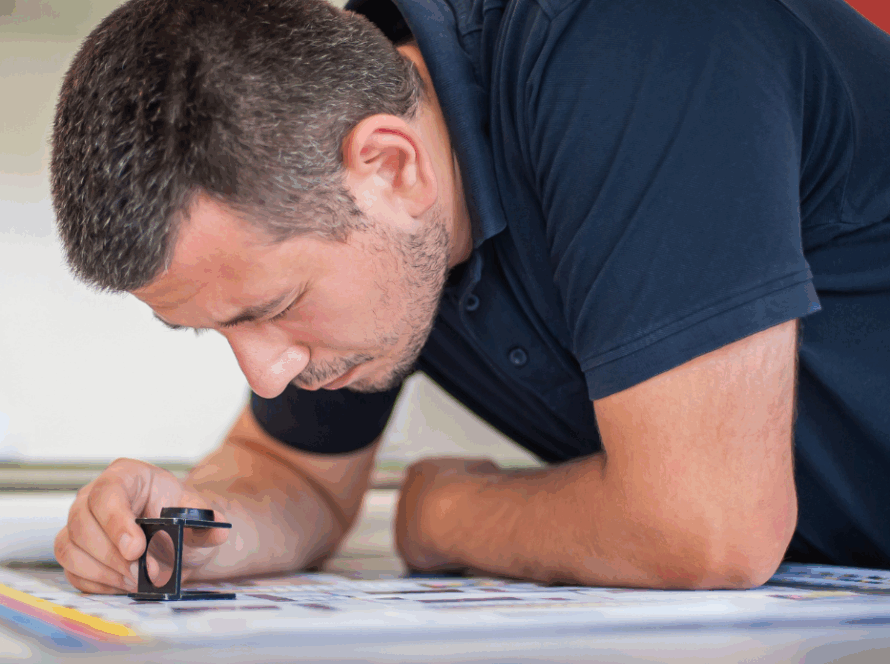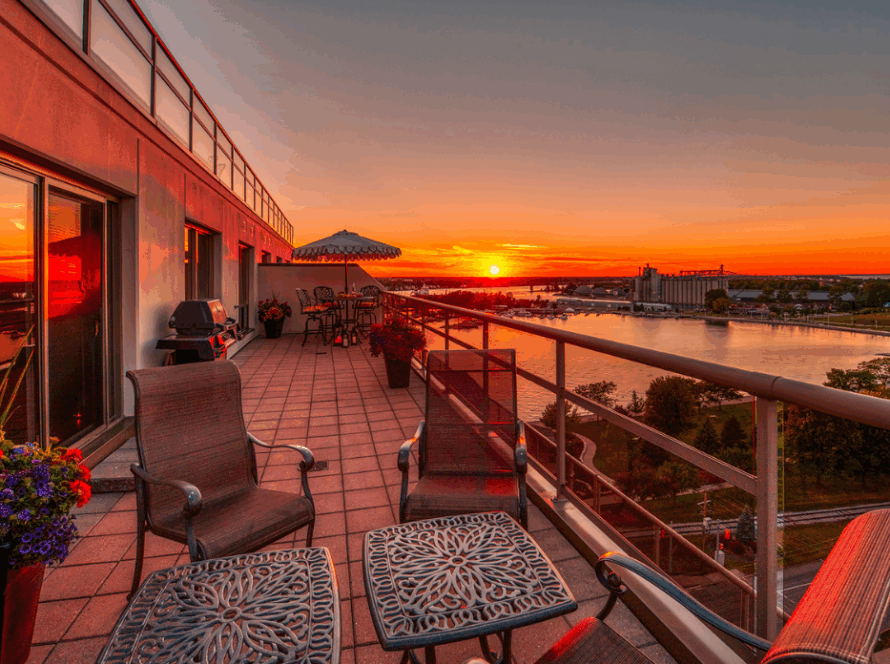It happens all the time: you walk into a small room and think, “This isn’t bad.” It feels cozy, functional, maybe even charming in person. But then you see the photos—and it suddenly looks like a closet.
The truth is, the space isn’t the problem. The perception is.
Small rooms are notoriously tricky to photograph. Without the right approach, they can feel cramped, dark, or cluttered on screen—even when they work well in real life.
That’s where intentional real estate photography makes all the difference.
Why Small Spaces Can Feel Even Smaller on Camera
If you’ve ever tried shooting a compact bedroom or a galley kitchen, you already know the struggle.
- There’s nowhere to back up.
- The ceiling feels low.
- Furniture fills the frame too quickly.
- The lighting is… unhelpful.
Even the best properties can lose their charm if the photos don’t do them justice. And in competitive markets, photos are often the first (and only) chance to make someone care enough to book a showing.
This is where working like a real estate photographer—or hiring one—becomes a smart move.
1. Use Wide-Angle Lenses (But Not Too Wide)
A wide-angle lens is essential for making small rooms feel more spacious. It allows you to capture more of the room in one shot, helping viewers understand how the space functions.
Ideal focal length: around 16–24mm on a full-frame camera. This gives a wider perspective without excessive distortion.
Go too wide, though, and you risk making the room look warped or unnatural. Skilled professional photographers know where that line is—and how to stay just on the right side of it.
2. Find the Right Height and Corner
Shooting from eye level (about chest height) creates a natural, balanced feel. Lower angles can make ceilings look taller, but risk over-emphasizing furniture.
Position yourself in the room’s corner, whenever possible. This maximizes depth and gives the room a sense of openness. A good real estate photographer uses geometry—walls, windows, lines—to guide the viewer’s eye outward instead of inward.
It’s about making the room feel like it continues, not closes in.
3. Let the Light In
Natural light is everything in real estate photography, especially when space is tight.
Open all curtains and blinds. If possible, schedule shoots during midday when light is even. Avoid relying on harsh ceiling lights—they tend to cast shadows that make rooms feel smaller.
If natural light is limited, use a soft bounce flash or reflectors to fill shadows gently. The goal is bright, even lighting that feels inviting, not artificial.
4. Declutter and Stage With Intention
This is where real estate staging becomes essential.
- Remove unnecessary furniture
- Clear countertops, shelves, and tables
- Use fewer, larger decor items instead of many small ones
- Mirrors, neutral colors, and vertical elements help elongate the space
For example, replacing bulky nightstands with slim-profile versions can instantly open up a bedroom shot. Removing a dining room rug might make the floor feel more expansive.
The less visual clutter, the bigger the space feels.
5. Edit With Care (Don’t Fake It)
Yes, you can boost brightness. You can straighten lines and fix lens distortion. But don’t go overboard with edits that create a false sense of scale.
It’s okay to make the space feel its best—not bigger than it is.
A seasoned professional photographer enhances photos without crossing into deception. That balance builds buyer trust, and it makes for better showings down the line.
Bonus: Show How the Space Works
Not every small room needs to feel massive. Sometimes, it just needs to feel useful.
If the space is tight, show off clever storage. Highlight how it connects to other rooms. Frame shots that make the layout feel logical and livable.
Buyers don’t always need a huge space—they just need to believe they can live well in the one you’re showing.
It’s About Feeling, Not Square Footage
Here’s the truth: people don’t fall in love with room dimensions. They fall in love with how a space feels.
Great real estate photography makes even a tiny room feel bright, open, and welcoming. It invites the viewer to imagine living there—not just scrolling past.
Whether you’re an agent, a seller, or a homeowner trying to list a cozy townhome or apartment, your photos have the power to shape that first impression.
And in real estate? That first impression is everything.




